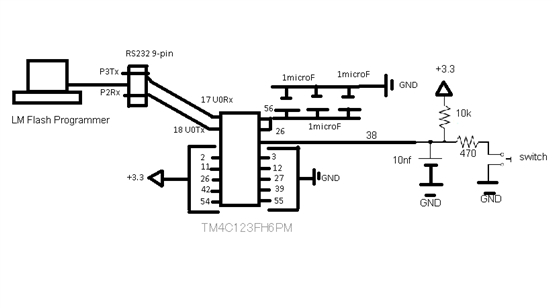Hello All,
I have been hacking away at the datasheet, rom bootloader datasheet and forum and cannot find a definitive answer to this question. I am designing a custom board and in a cost-saving effort, it does not have an external oscillator. I would like to program the board using the LM Flash Programmer via UART or USB using the ROM bootloader. According to the datasheet and forum posts, it appears that programming via USB is out of the question as it needs a main oscillator (external) to provide the clock source and cannot use the precision internal 16Mhz oscillator for this purpose.
Additionally, the datasheet states that by default, UART and SSI use the main oscillator (external) as their clock source and consequently leads me to believe that an external oscillator is also required for initial device programming via the ROM bootloader using UART, as is the case with the USB approach.
Initial device programming via the ROM bootloader is seen as a cost saving measure; do I need to install an external crystal oscillator to use it?
Thanks.


